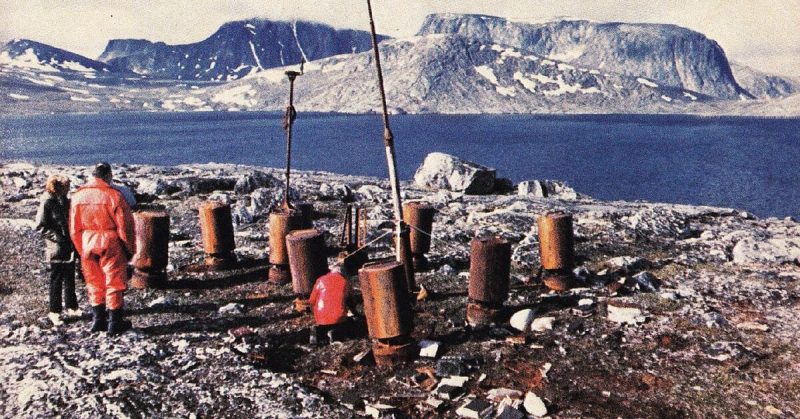The Second World War proved to be not only a war fought for resources, territory and domination, but also a war of information. All sides of the conflict conducted intelligence and counter-intelligence operations, but the Allies and the Germans had something more basic and absolutely necessary on their mind in the early stages of the war.
The weather forecast above the cold waters of the Atlantic was at that time crucial, for it determined the conditions of any naval operation. Meteorological data was important as it affected military planning and the routing of ships and convoys.
In some circumstances, visibility was necessary (photographic reconnaissance and bombing raids) and in others concealment (keeping ship movements secret or suppressing enemy air activity).
The Allies had an upper hand in the so-called North Atlantic weather war, for in temperate climates (like the area around the Arctic and the north of Atlantic Ocean) the weather systems moved from west to east.
The Allied network of weather stations in North America, Greenland and Iceland established during the early years of the war enabled them to provide their ships with far superior weather forecast than the Germans. Like in any information war, the point was that you gather information and deny your opponent from getting them.
Since the Germans were behind the Allies in the race for meteorological data, they used specially modified airplanes, ships and U-Boats to carry out the retrieval of weather information. However, these missions proved to be quite dangerous.
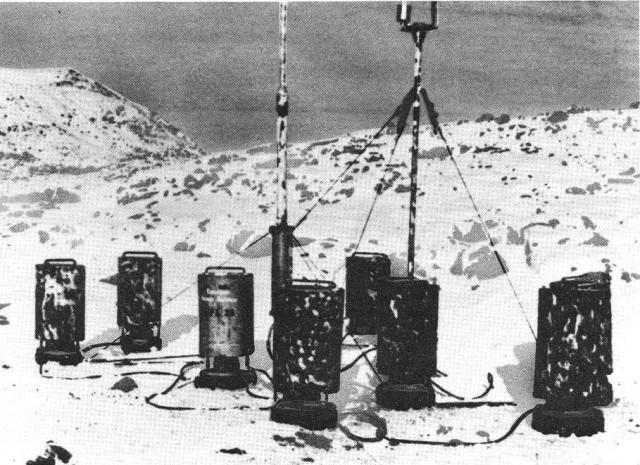
The Allies would easily destroy or capture a lonely weather ship, or a surfaced submarine. The planes weren’t of much use either. They needed a way to collect the same amount of data as the Allies, but to do that they needed stations located on the North American continent.
Scientists at the Siemens Company developed an automatic weather station that was capable of sending data every three hours via radio waves on 3940 kHz. It was called Wetter-Funkgerät Land (WFL). Twenty-six were manufactured. Fourteen of them were placed in Arctic and sub-Arctic regions, including the Allied-occupied Greenland. Five were placed around the Barents sea.
Two were intended for North America. The WFL used an array of specialized measure instruments. It was equipped with two masts carrying the anemometer which registered the winds speed and wind wane for direction. The WFL had a telemetry device installed so it could register data automatically and send it via a transmitter. It was powered by nickel-cadmium batteries which were rechargeable and it was capable of working for up to six months.
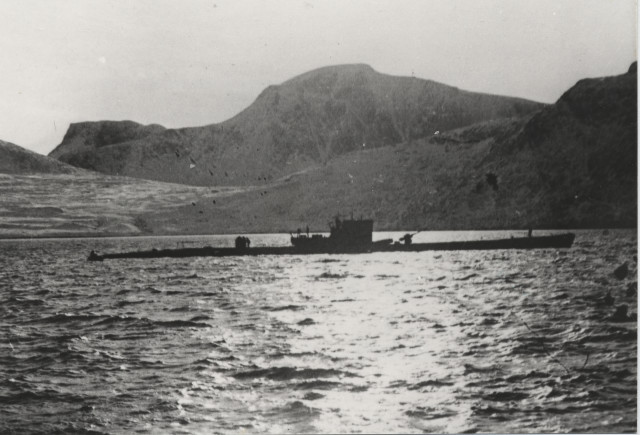
Two U-Boats were designated for installing the automatic weather station onto North American soil. The U-537 was the first one and the only one to successfully deploy the WFL, codenamed Kurt. The second submarine, U-86 was sunk in 1944, near the Norwegian coast by an RAF bomber.
The U-537 commanded by Captain Peter Schrewe in 18th of September, 1943. On board were two meteorologists – Dr. Kurt Sommermeyer and his assistant, Walter Hildebrant. The voyage itself proved to a risky one, not due to the Allies patrolling the coast, but due to the weather.
The submarine was caught up in a storm, during which it bumped into an iceberg. The damage was significant – the U-Boat lost its Anti-aircraft gun and the iceberg caused leakage in the hull. The submarine was helpless against an enemy air raid and was unable to dive to avoid detection.
On October 22nd, the U-537 arrived at the coast of Northern Labrador. Captain Schwere decided that it was necessary to install the station as far as possible from inhabited settlements.
He judged that this wasn’t going to be easy since these parts were inhabited by Inuit people who often hunted in the far North. It was vital to the Germans that the station stays hidden as long as possible. They dropped anchor at the north-eastern tip of the Labrador peninsula, at Martin Bay.
Soon after a scouting party checked the coast, the meteorologists, Sommermeyer and Hildebrant, accompanied by sailors started to assemble the 100 kg automatic weather station.
Armed lookouts were stationed around the perimeter to make sure nobody surprises the construction party. Meanwhile, the other crew members were tasked with repairing the damaged submarine.
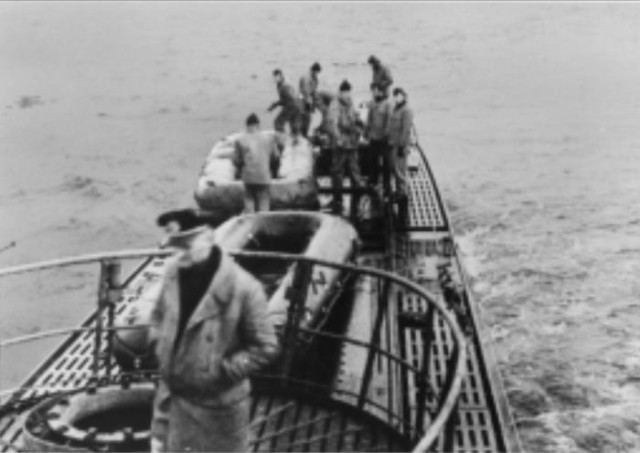
The WFL Kurt was marked with a logo and a name of a non-existing company – Canadian Meteor Service. Empty American cigarette packs were disposed around the station to make it more believable.
At that time, civilians were kept on a strict need to know basis, so this camouflage actually made sense. It was even predicted by the Germans that the lower-level military staff would also be confused and just leave the station be, not wanting to ask too many questions.
Only 28 hours after embarking on the North American coast, the U-Boat was on its way home. In the area of Grand Banks of Newfoundland, they encountered a combat air and boat patrol and repelled three consecutive attacks by Canadian aircraft, while conducting a withdrawal.
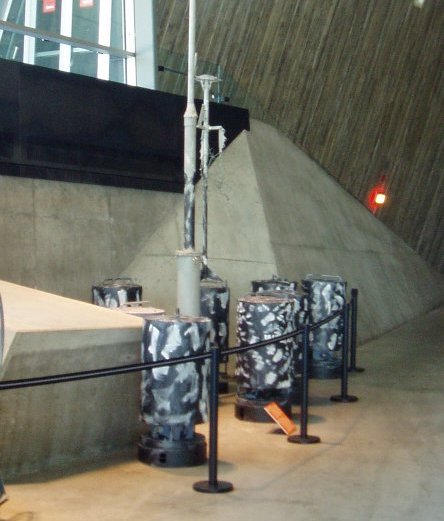
The U-537 managed to escape the Canadians, but sank no ships. On December 8th, after 70 days at sea, the submarine was back in the port of Lorient in Nazi-occupied France.
Its fate was sealed only eleven months later when it was sank in the Dutch East Indies by an American submarine, the USS Flounder. Apart from its mother ships ill fate, the station remained undiscovered long after the war was over. In 1977, a geomorphologist, Peter Johnson, was conducting research near Martin Bay, when he stumbled upon the Kurt weather station. He thought it was some kind of a Canadian military outpost and just marked it “Martin Bay 7” on a map he kept during research.
Around the same time, a retired Siemens engineer named Franz Selinger, who was writing a history of the company, went through Sommermeyer’s papers and learned of the station’s existence.
He notified the Canadian Ministry of Defense. In 1981, the WFL Kurt was officially discovered, standing on the same spot where the German crew left it 38 years ago.
Weather station Kurt was dismantled and taken to the Canadian War Museum in Ottawa, where it is on display to this day.
